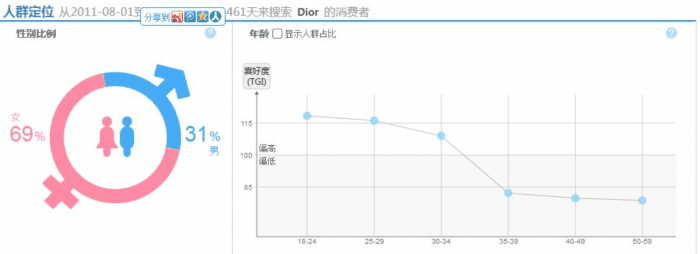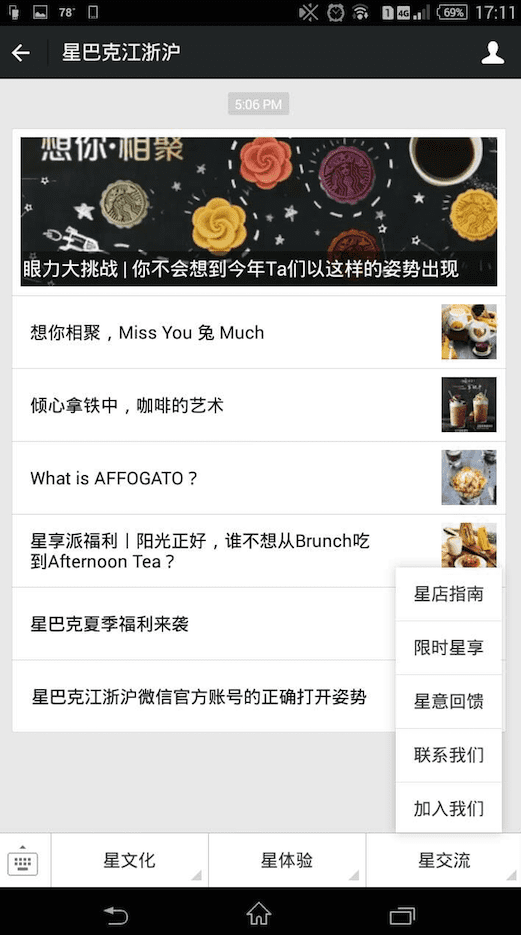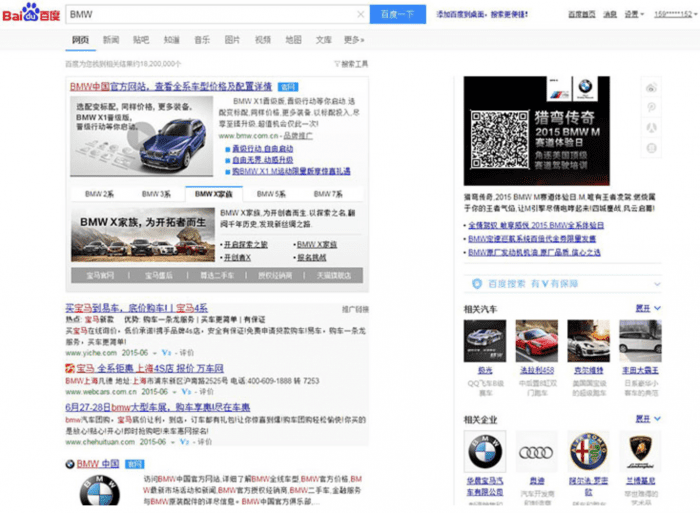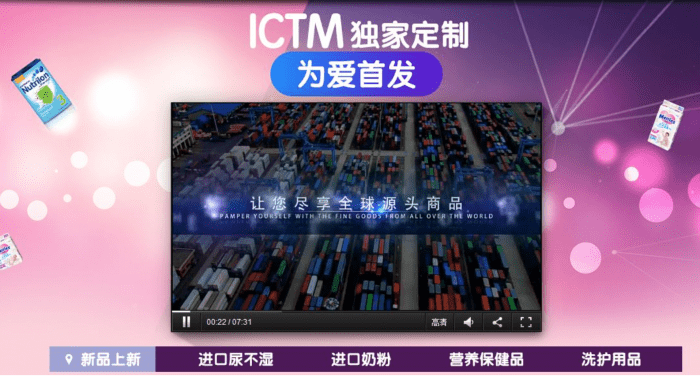How to start planning your Chinese marketing strategy
China: it’s the market everyone wants a piece of. With over 1.5 billion people, your target market is here, even if you aren’t. But, entering the market doesn’t make it just start raining money.
Chinese consumers are bombarded by businesses that want them, both homegrown and foreign. For your business to get a piece of the pie, you need to come in with a well thought out, meticulously researched plan.
No one is saying it’s easy. But any demographics report will tell you how much your bottom line could benefit.
These 8 tips will get you heading in the right direction and ready for marketing to a Chinese audience.
Do Your Research:
The analytics tools at your disposal in this market are the things you could only dream of in the rest of the world. Want a cross section of any brand’s TMall/Taobao search volume, customer spending, location, etc, etc., etc.? You can have it with a personal account. You can even share what you find on social media platforms. Imagine your ability to strategize with the options for businesses.
Plus, if your target market shops on marketplaces like TMall and JD.com, why take the time to develop an eCommerce app? Focus your efforts and optimize your store there instead.
Use the information available about hobbies, spending level, and geographic location to understand your shoppers and craft brand stories that will entertain and engage them. That’s how your company will come out ahead of other entrants.
Dior consumers’ age & gender on TMall/Taobao: 2011-2015
Be Mobile
Mobile use in China, particularly in terms of eCommerce and social media, makes a lot of other markets look like they’re trapped in the 1990’s.
Double 11, the major e-shopping holiday in the country, did over US $9 billion GMV in 24 hours. Over 40% of that was mobile.
WeChat, the major player in the social scene, had 600 million active accounts in Q2 2015. 25% of those people check the app over 30 times a day. (source) Even in B2B, the app’s penetration rate (north of 95%) makes it an easy way to do repeat sales and CRM.
In short, if you’re not mobile-friendly or ready to jump into the wide world of WeChat, make it a priority.
A screenshot of the Starbucks Official WeChat page, where they take advantage of the built-in pinned menu options, which can support multiple languages.
Baidu is not Google. WeChat is not Whatsapp.
It’s a mistake to try and think of these platforms as “the Chinese Twitter/Facebook/Instagram/Whatsapp” or “the Chinese Google”. Perhaps at one point it was true, but now they have come into their own.
WeChat is a messaging platform that is completely private. If you see a photo or video shared by a friend and comment, only people friends with both of you will see that interaction. Everyone else sees just the photo. For businesses, official accounts can send out photos, articles, videos, games, audio messages, and chat with followers–all through a private conversation with each person. Businesses can also accept payment and do customer service directly through the app.
With Baidu, SEO is a completely different beast. The way the first page is structured is so unnatural that a heat map of will show users habitually clicking next page to find organically high-ranking content. What shows up instead? Baidu Answers, Baidu Baike (an encyclopedia), Baidu Shopping, paid ads, etc. Very un-Google.
A screenshot of Baidu, highlighting the Brand Zone. Both the top results and the right sidebar are in the zone
Email is dead. Long live video.
While we’re at it, apps are dead too. Long live stories.
The only kind of companies that see any kind of open rate for email campaigns are B2B, and even then it is far lower than what you get elsewhere. And Chinese users don’t often download a company-specific app, especially if that company can be found on TMall or WeChat. You have to find new ways to engage.
Chinese consumers want content-driven campaigns. Baidu wants content-driven search. When you come to China, expect to devote resources not just to translating what you have, but creating new content with extra emphasis on your company’s story. Spend time crafting a story that sets you apart and expressing it both verbally and visually.
Video is the new king. Everywhere from WeChat to TMall, pages with video are not only getting more clicks, they get more conversions. Why? The story drives brand recognition which helps page viewers engage the first time they see it and remember the next time they get to a product search engine like TMall.
Screenshot of a video on a Tmall Global store selling baby formula
Learn to swing the B.A.T.
It stands for Baidu, Alibaba, Tencent–the big three. And it also has a lot to with with why apps are dead. Each of those companies has a widely used app and in some cases, an app store, with Baidu’s being the biggest. None list the apps of the others in their stores, which means most mobile users have more than one app store downloaded. Second, Baidu doesn’t index WeChat content or Alibaba shopping results. Third, WeChat (the app that’s always had a built-in QR scanner) won’t scan Alibaba QR codes (or vice versa).
They don’t interact with each other, but consumers interact with them all, which means you have to too.
In order to successfully market in this environment, you have to get content on all three and manage them all independently. It also includes their different payment methods.
The Alibaba QR code from the Starbucks TMall homepage
Don’t be afraid to take things offline
We are all digital marketers, but the O2O sector in China is growing. In services, travel in particular, it’s an obvious solution. Buy online, claim later. Other services, like B2B service providers, event managers, and educational professionals can implement similar systems and reap the rewards of creating convenience for their clients.
As a digital marketer, think of this option as an extension of your social media presence. Because, on WeChat, it is. There is no difference for your followers between the account that advertises the deal, the account they pay, and the account that shares the event photos afterwards.
You can use the same ideas on a standard eCommmerce site, like censh.com. They offer real-time chat with employees, categorized by store.
Communicate
We’ve talked about the need to create content to drive your marketing in China. This tip is a little different, but not following it will definitely cost you sales.
Make sure you have a team available to chat with customers. Contact forms? You’ll get almost no responses. Chat buttons and callback systems? Customers will call and chat, asking questions sometimes for 20 minutes or more before committing to a purchase. Your customer care team is the difference between them buying and walking away. It’s vital.
Not as vital, but still important, are KOL’s. They’re often frowned upon, if not downright abandoned, by a lot of marketers outside this country. In China, they matter. Take uber-famous actress Fan Bing Bing. According to Ad Age, at one point Xinhua news estimated she had over 50 endorsement deals. With numbers that high, she has to be making a difference for the brands she represents.
The homepage of L'Oreal’s TMall store, September 2015
Get help if you need it
There’s a reason people spend their lives studying and working in China. It’s got a steep learning curve and success requires a depth and breadth of knowledge that is unparalleled in other global regions.
If your company doesn’t have the capabilities to research, understand, plan, and execute a marketing strategy in China, get help. Not just with finding the numbers, often in tools that only have a Mandarin language UI, but with converting them into coherent strategies.
Let’s go through an in-depth strategic example. Every year, online sales drop across industries in February because of Chinese New Year, when people return home and see their families. Gifts aren’t a typical part of this tradition, with the exception of hongbao, red envelopes filled with cash. So, it isn’t an ideal month to open a store. It may, however, be a good time to try and capitalize on the electronic hongbao trend and WeChat usage by offering electronic gift cards you can get through an in-app game or a lottery. That’s what Tencent and Alibaba did this year.
from Blog – Smart Insights http://www.smartinsights.com/digital-marketing-around-the-world/how-to-get-started-with-digital-marketing-in-china/
via Tumblr http://euro3plast-fr.tumblr.com/post/166743306844







No comments:
Post a Comment